We can all name our favourites: those inspirational movie speeches that make our hair stand on end and ready to take on the world. But what is it that gives those speeches their power? And what can leaders learn from them?
In her insightful book, Resonate, Nancy Duarte identifies rhetorical devices which leaders use to create an emotional bond with their audience. Let’s look at how these devices are used in two memorable movie speeches: William Wallace’s address to his troops before the Battle of Stirling in Braveheart, and Aragorn’s speech before the final battle in The Lord of the Rings: Return of the King. You can view the scenes via the YouTube links at the bottom of the page, along with annotated transcripts.
Contrast what is, with what could be
Painting a vision of the future is an effective but under-utilised influencing tool. In Braveheart, Wallace contrasts what is – the immediate possibility of death in battle, with what could be – an unfulfilled life without freedom. Aragorn contrasts a day when ‘the courage of man fails’ with his determination that ‘it is not this day’.
Metaphor/visual words
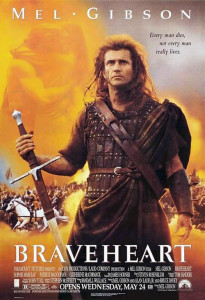
Using colourful, visual language helps to make a leader’s vision come alive, provoking anemotional reaction which changes behaviour. Aragorn’s language is laced with metaphor as he talks of ‘an hour of wolves and shattered shields where the courage of men comes crashing down’.
Repetition
Repetition is an ancient rhetorical device, simple to use but powerful in impact. Both Wallace and Aragorn use it for emphasis, with Aragorn’s speech centered on his repetition of ‘it is not this day!’ Wallace also uses it to drill home his message that his countrymen’s ‘one chance’ for freedom may never come round again.
Dramatic pause
Varying the tempo of a speech and imbuing it with dramatic pauses helps to increase its impact. Wallace and Aragorn employ both to impressive effect.
Brotherhood and vulnerability
They’re not mentioned by Duarte, but both speeches have two other common characteristics: expressions of family bond, and of the vulnerability of the leader themselves.
Wallace addresses his ‘sons of Scotland’, while Aragorn calls his followers ‘my brothers’. Both create a strong sense of family.
Aragorn and Wallace are also content to show their own vulnerability. Wallace makes light of the myth of his invincibility, while Aragorn admits to seeing in his followers ‘the same fear that would take the heart of me’.
By hinting at their own vulnerability and showing empathy, they’re sending a clear message: if I can overcome my fears, then you can too.
Sons of Scotland! (Metaphor/visual words) (Brotherhood)
I am William Wallace.
Soldier: William Wallace is seven feet tall!
Yes, I’ve heard. Kills men by the hundred! And if he were here, he’d consume the English with fireballs from his eyes, and bolts of lightning from his arse! (Metaphor/visual words)(Vulnerability)
I am William Wallace. And I see a whole army of my countrymen, here in defiance of tyranny. (Metaphor/visual words)
(Dramatic pause)
You’ve come to fight as free men. And free men you are. What will you do with that freedom? Will you fight?
Soldier 2: Fight? Against that? No! We will run. And we will live.
Aye, fight and you may die. Run, and you’ll live. At least a while. (dramatic pause)
And dying in your beds, many years from now, would you be willing to trade all the days from this day to that, (contrast what is and what could be) for one chance, just one chance, (repetition) to come back here and tell our enemies, that they may take our lives, but they’ll never take our freedom!
Alba gu bra!
I see in your eyes the same fear that would take the heart of me. (vulnerability)
A day may come when the courage of man fails, when we forsake our friends and break all bonds of fellowship – but it is not this day! (Metaphor/visual words) (brotherhood) (contrast what is and what could be)
An hour of wolves and shattered shields when the Age of Men comes crashing down – but it is not this day! This day we fight! (Metaphor/visual words) (repetition) (contrast what is and what could be)
By all that you hold dear on this good Earth, I bid you stand, men of the West!
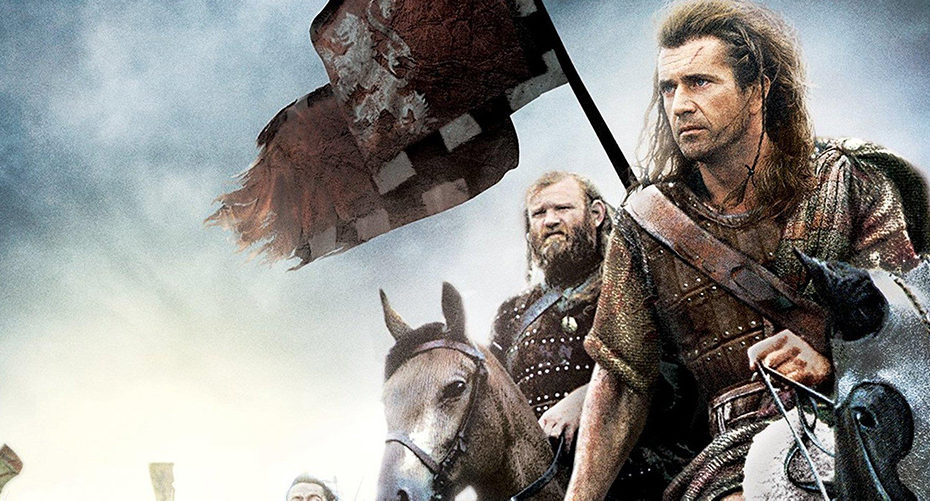
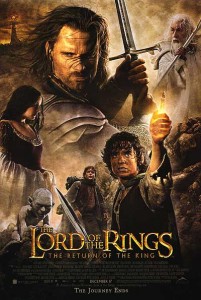
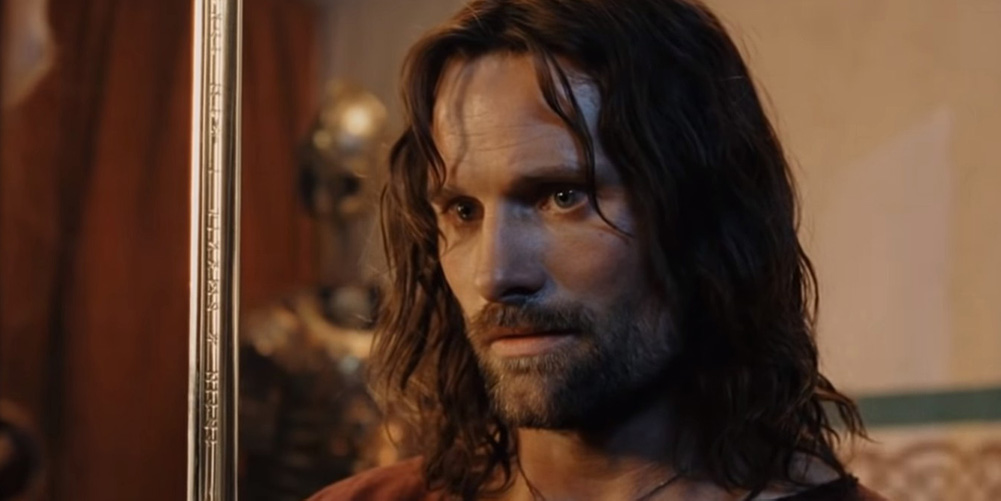
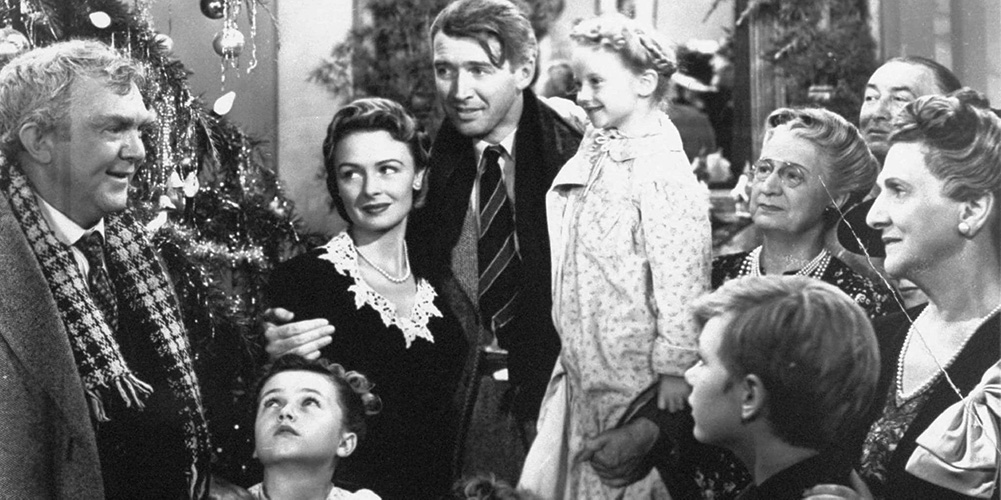
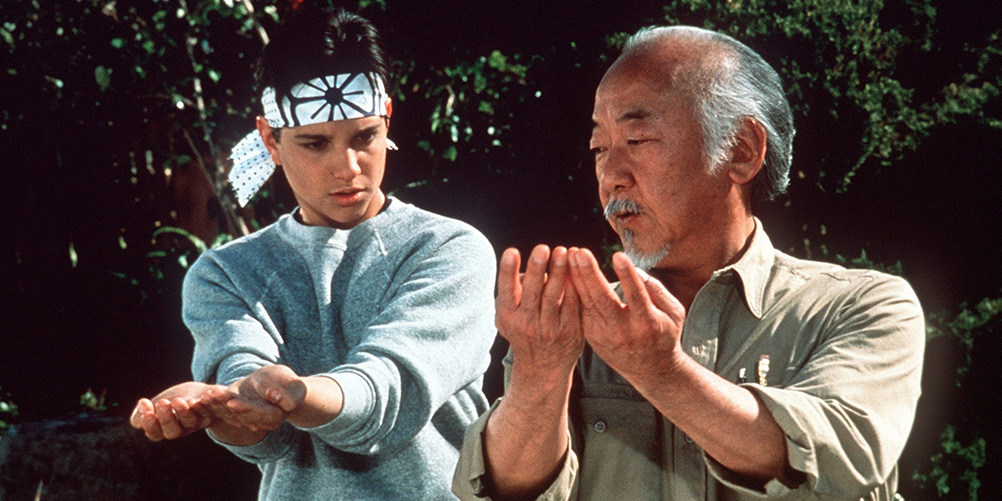
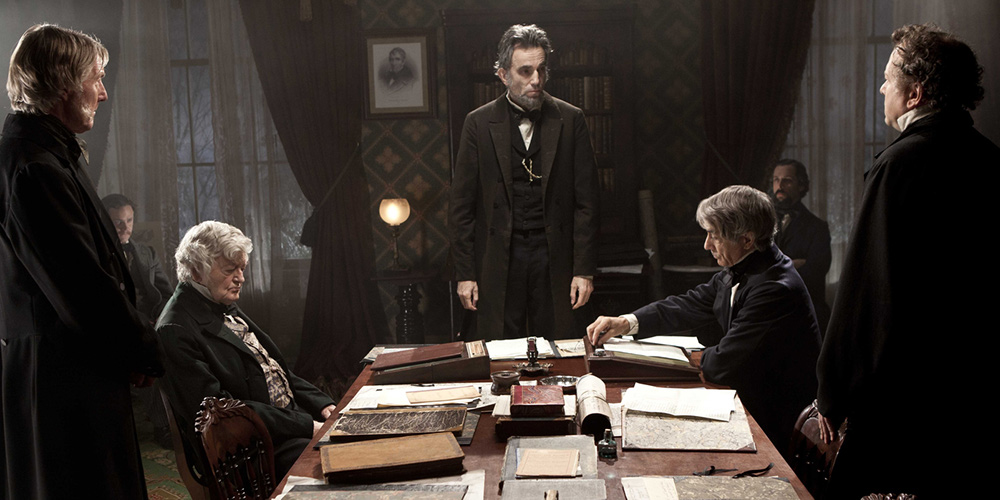
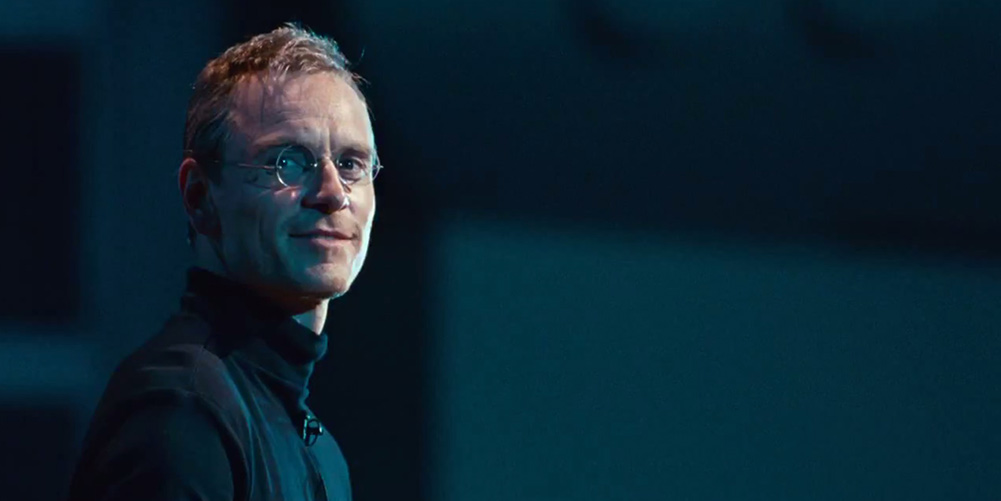
This is great and spot on.
I’ve always loved both these speeches as they are so inspiring and so full of courage, passion, and HEART!
This analysis of the aspects of leadership contained in both speeches helps my understanding of what makes these speeches so powerful.
We need more speeches like this in our current lives 🙂
Thanks Sue. It’s amazing how many great speeches do use the same rhetorical devices. But as you say, you still have to deliver them with heart!